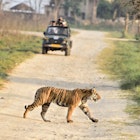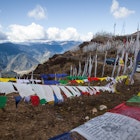Imagine an arid land set high in the Indian Himalaya, a high-altitude desert punctuated by small patches of green and miniature villages of white, flat-roofed houses perched below stark rocky hillsides and jagged snow-covered peaks. Picture high passes blocked by snow and ice for half the year, and scattered stabs of colour from fluttering prayer flags and precariously perched Buddhist monasteries.
This must be Ladakh, you might be thinking - the legendary Himalayan playground for lovers of extraordinary landscapes, wilderness adventures and spiritual horizons. But no, I'm talking about the wild valleys of Spiti and Lahaul, abutting the rugged western fringes of the Tibetan Plateau, and overlooked by thousands of travellers who rush headlong towards Ladakh in search of their own little piece of Shangri-La.
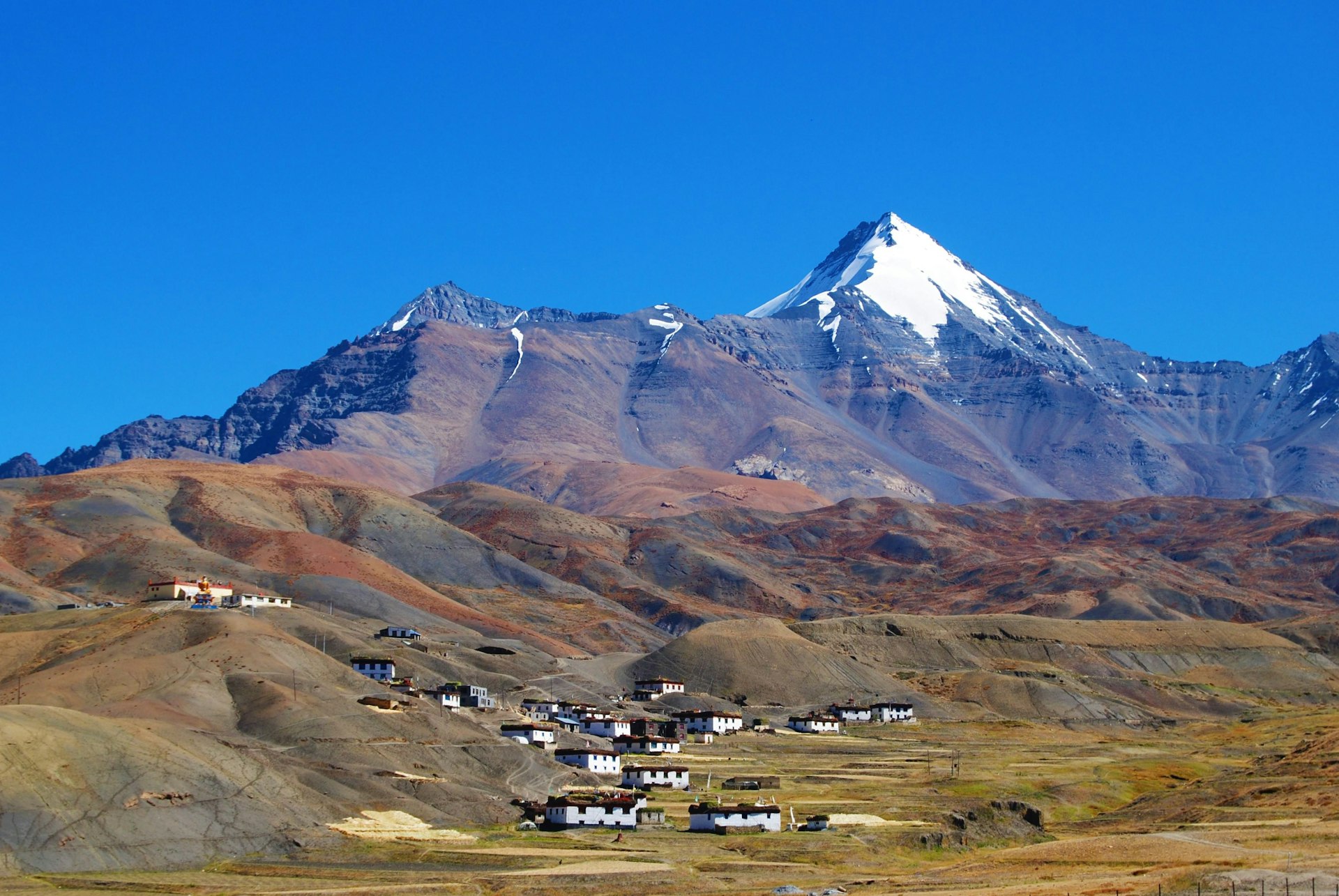
Gateway to the Himalaya
South of Ladakh in the state of Himachal Pradesh, Spiti and Lahaul have historically fallen more under the influence of Tibet than of India, and they remain far less known to the outside world. Travel here remains one of Asia's great adventures, whether you get around by car (4WD essential), on bone-shaking buses, or by motorbike, on some of the world's most challenging mountain roads.
Many travellers approach Lahaul and Spiti via the 3978m-high Rohtang La pass, which rises north of the tourism hub of Manali – a spectacular experience in itself and only passable from about May to October – but I took a more circuitous route into the region from the east, starting out from India's most famous hill station, Shimla. This backdoor to Spiti traced the valley of the Sutlej River through Kinnaur district, where the mountains got steadily higher, the gorges more precipitous, and the terrain starker and drier, with every passing kilometre.
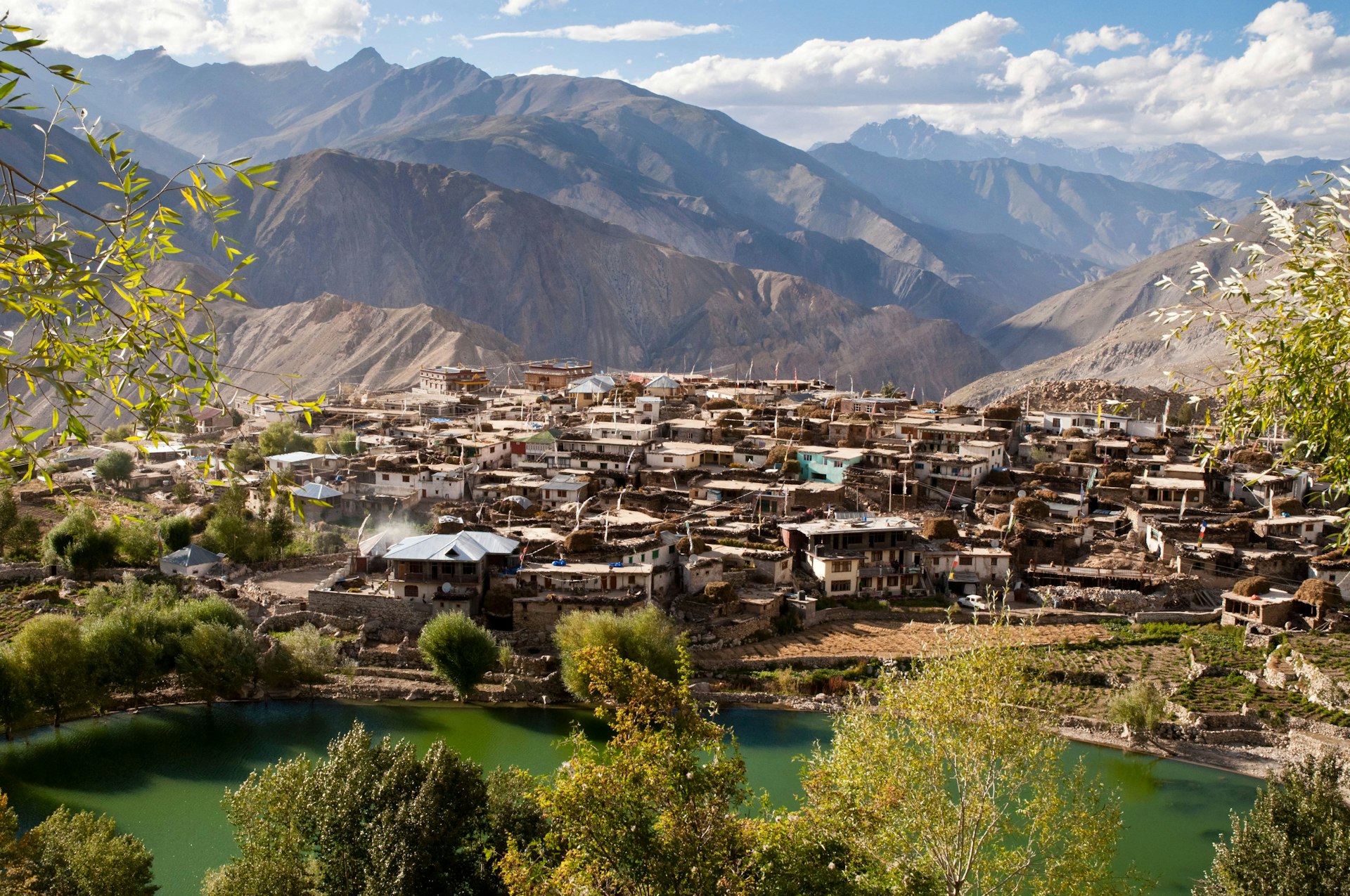
The culture, too, gradually changes, from Hindu to Buddhist as you gain altitude and lose vegetation in the rain shadow of the Himalaya. From the Sutlej's confluence with the Spiti River, the road zigzags endlessly upwards to the village of Nako – a cluster of medieval-looking stone and mud-brick houses set beside a sacred lake 3660m above sea level. By the Buddhist culture and Tibetan facial features of Nako's hardy inhabitants, you know you have indubitably reached Spiti.
I visited the four 11th-century chapels of Nako Gompa (Monastery), peering in dim light at their elaborate Tibetan Buddhist murals and sculptures, before clambering up to the panoramic Nako Pass, an hour above the village. On the way back down, I paused at a wind-driven prayer wheel surrounded by strings of colourful, flickering prayer flags. The wheel, turning at speeds dictated by the wind, rang a bell with each revolution as if marking the passage of time, and here in this lonely spot, it seemed that time slowed every time the breeze dropped, and speeded up when stronger gusts blew.
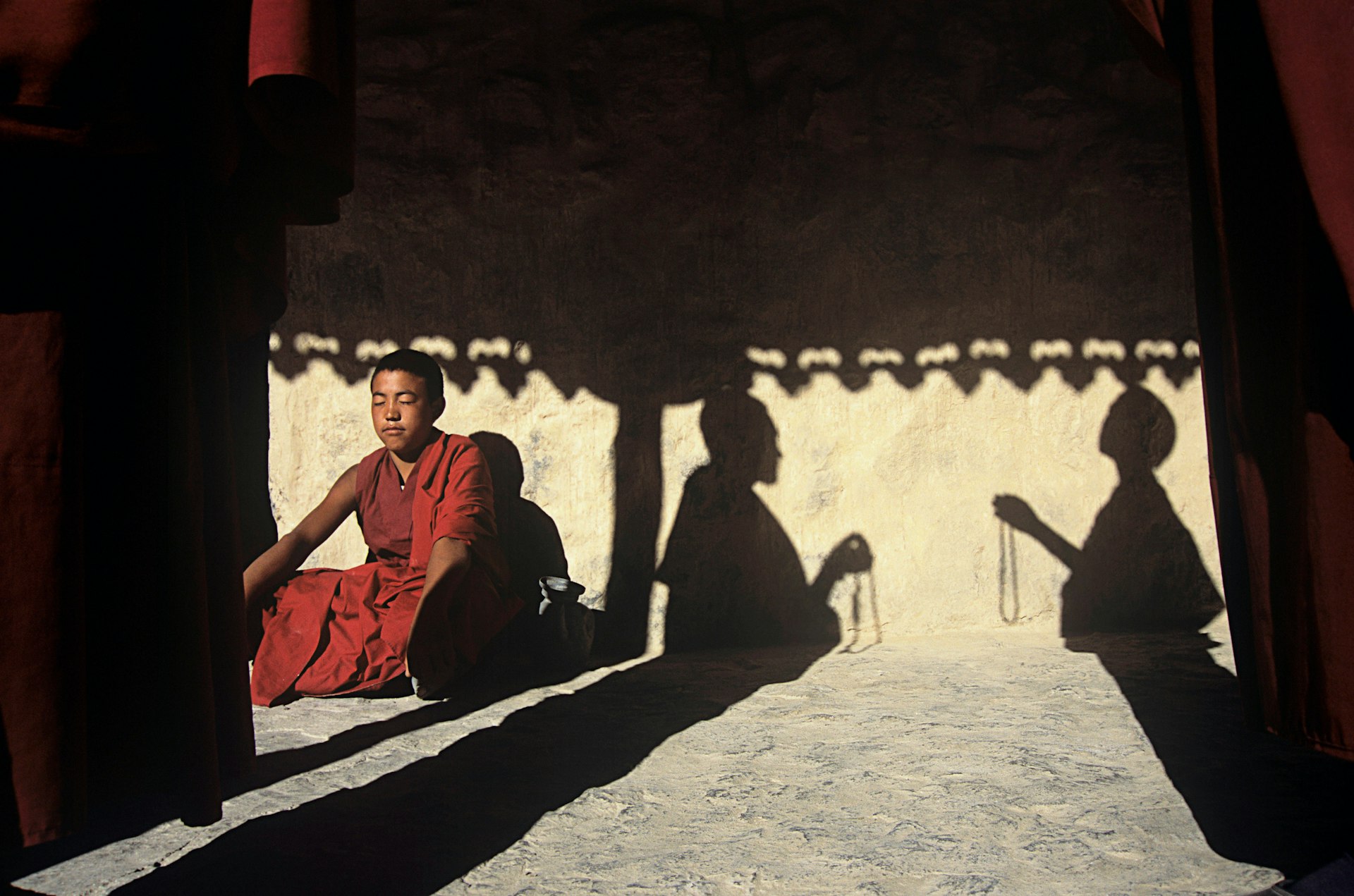
Mountains, monasteries and magic
From Nako the dusty road climbed higher into the Spiti Valley, at times snaking along beside the rushing, turquoise-grey river, at times clinging to cliffs high above. At the neat, whitewashed village of Tabo, I stopped to visit Tabo Gompa, founded, according to legend, in AD 996, by Ringchen Zangpo, the 'Great Translator' – a key figure in consolidating the hold of Buddhism on the Tibetan plateau. Five of the nine shrines inside the gompa's curious, mud-walled buildings bear outstanding murals painted by some of the best Buddhist artists of their time. The centrepiece is the main assembly hall, the Tsuglkang, whose walls are lined with stunning near-life-size clay sculptures of 28 bodhisattvas (enlightened beings).
Tabo has a handful of simple but appealing guesthouses and cafes, and I was glad of a warm bed and a hot meal before continuing on to Dhankar, where the most spectacularly-sited of all Spiti's monasteries hugs the edge of a high cliff, hemmed in by eroded rock pinnacles. Its main courtyard contains a stuffed goat hanging above the stairwell, a room where the Dalai Lama slept, and a meditation cave – there are monasteries with greater treasures, but the views over the confluence of the Spiti River and its tributary the Pin, and soaring mountains in every direction, are phenomenal.
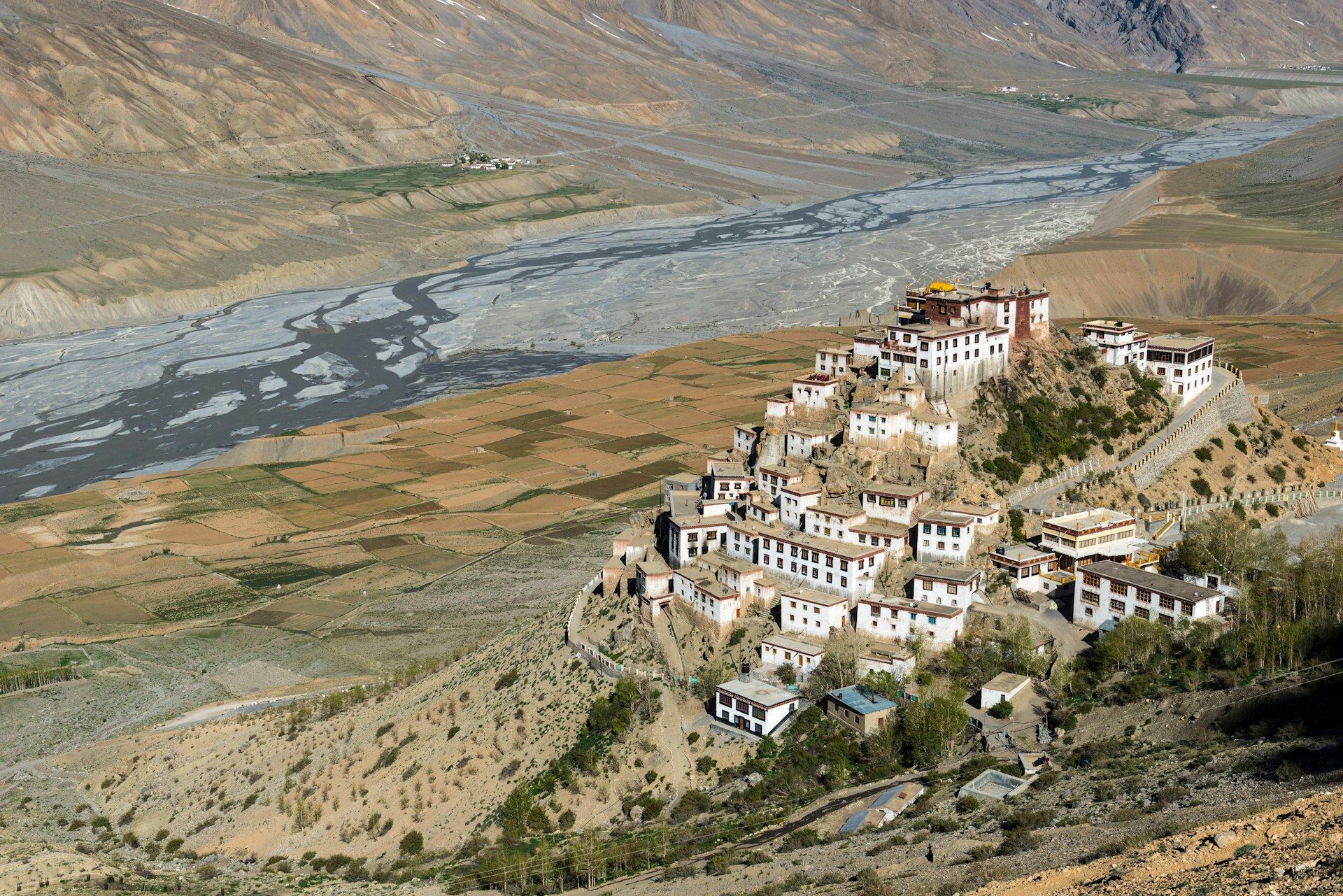
Hiking, homestays and high-altitude spectacles
From Dhankar, I rolled along the valley to Kaza, Spiti's rough and ready capital, with a modest 1700 inhabitants – not a particularly pretty place but offering by far the best selection of places to stay and eat in the region. Despite its small size, Kaza felt like a teeming metropolis compared to other settlements in the valley.
If you fancy a spot of trekking but dread the logistics of a camping trek, the perfect solution awaits in the form of a string of high-altitude villages in the mountains above Kaza. The tiny, remote settlements of Langza, Komic and Demul are home to several homestays offering basic accommodation and meals, and you can hike from one to the next and on to lower-lying Lhalung and Dhankar, either on your own or with a local guide. There's no better way to get a feel for the lifestyle of Spiti's amazingly resilient people in this harsh mountain environment.

Back in Kaza, I learned that the monastery at nearby Ki, a hilltop cluster of cube-shaped houses and monks' cells, was approaching the climax of its annual week-long Gutor festival, marked by whirling chaam dances performed by masked lamas (Tibetan Buddhist priests), a ritual request to the gods for good fortune for the year ahead. It was indeed a mesmerising occasion, pulling in villagers from across Spiti, plus most of the tourists lucky enough to be within reach of the monastery. The lamas, in technicolour costumes and masks, spiralled around the monastery courtyard through the morning and into the afternoon, to the sound of clashing cymbals, beating drums and droning chants, pausing only to partake in a quick lunch, served free to all who attended.
The main Spiti valley road eventually climbs to the 4551m-high Kunzum La pass which marks the end of Spiti and the beginning of Lahaul. At the foot of the narrow, switchback descent down to the Chandra valley, a wonderful detour takes you 13km north to inspiringly beautiful Chandratal, a 2km-long glacial lake tucked among snow peaks, whose blue hue changes constantly following the moods of the sky. In summer, you can break the journey for a night or more amidst the serenity and silence at a cluster of seasonal tented camps.
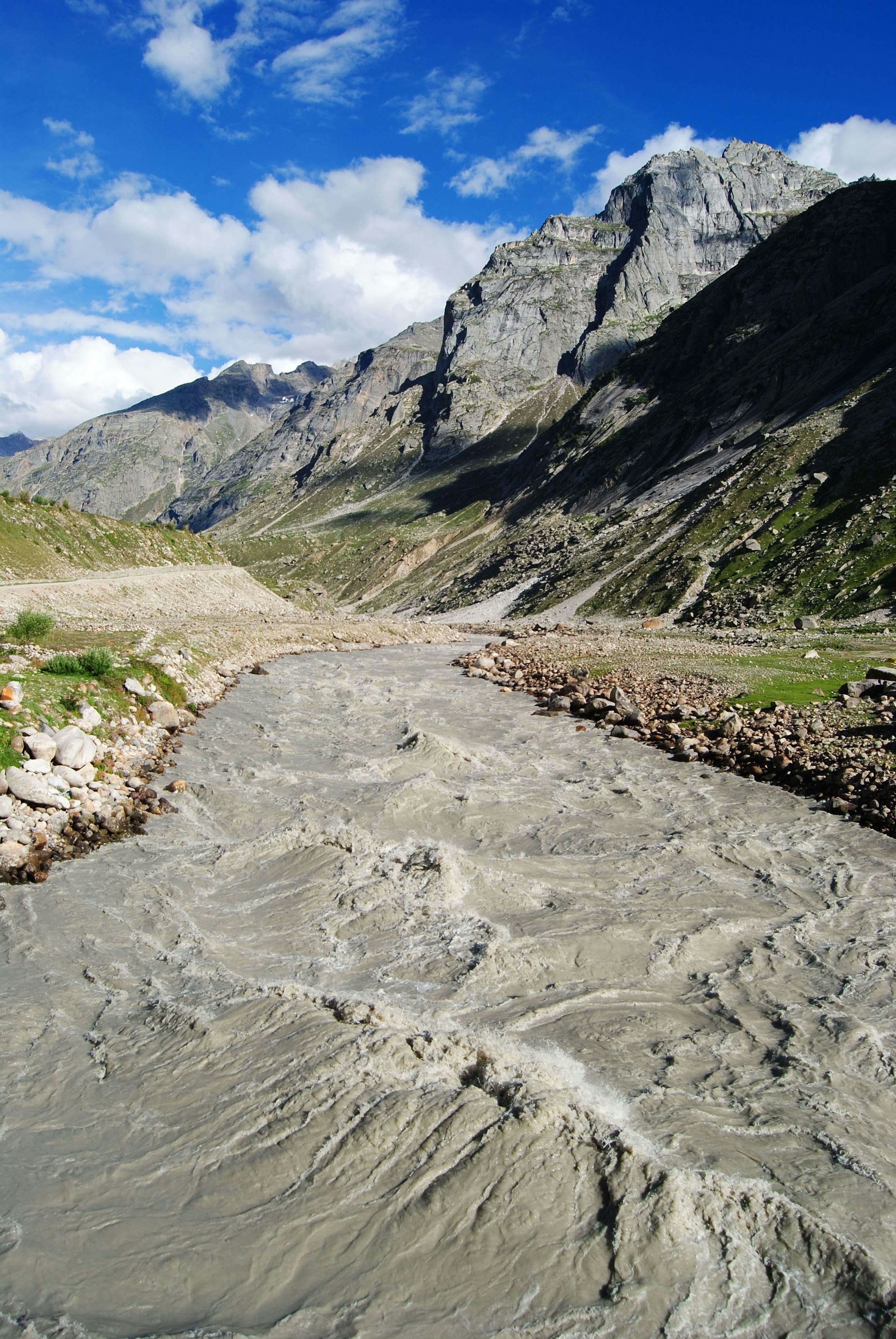
Leaving Spiti for Lahaul
Heading west down the Chandra valley there's little to distract from the sight of the Chandra River raging along between towering peaks ribboned with waterfalls plunging from high-level glaciers – except the awful state of the road. After hours of being shaken like a cocktail and swung out over perilous drops, you'll eventually lurch your way into the four-hut village of Gramphu, at the junction of the road linking Manali and Ladakh across the Rohtang La.
Keylong, Lahaul's main town (population: 1150), stands on a hillside above the Bhaga River, but most of the hundreds of travellers who arrive here every day in summer rush on to Manali or Ladakh. Some spend a night at Keylong or in villages a bit further up the highway to reduce the risk of altitude sickness, but few stay to explore, so walks around the steep-sided Bhaga Valley, home to several picturesque and historic gompas, are a pleasure that you may well have all to yourself.
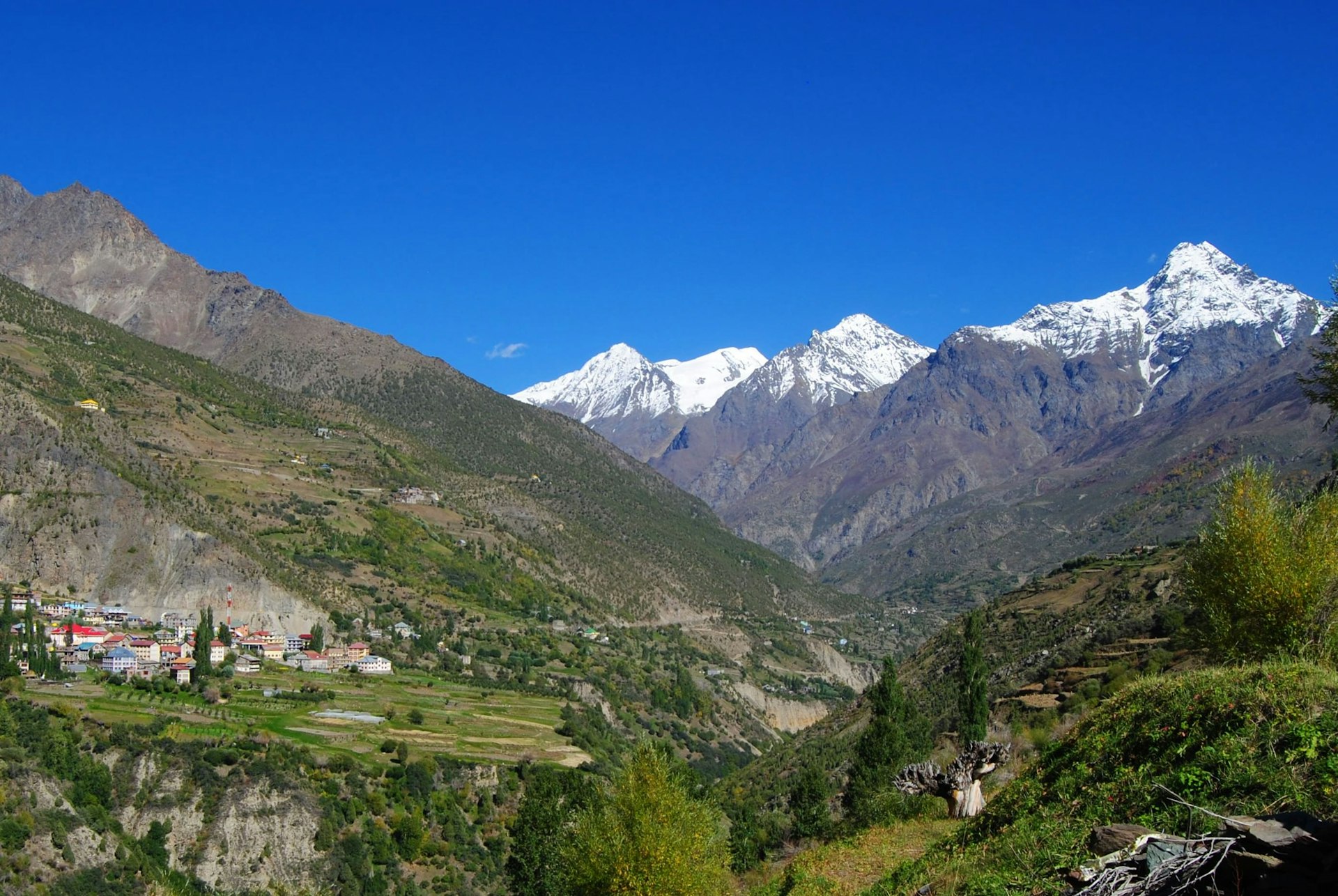
An even more off-the-beaten-track experience awaits if you follow the Pattan Valley, carved by the combined Chandra and Bhaga Rivers as they surge westwards from their confluence, 8km below Keylong. Despite the snow peaks rising above the steep-sided, rocky valleys, you're back in Hindu territory, but the idol in the ancient temple at Triloknath is worshipped by Hindus as Shiva, and revered by Buddhists as Avalokiteshvara, the bodhisattva of compassion.
Beyond the village of Udaipur, the river and road curve northward into the even more remote and beautiful Pangi Valley. Here you're a long way off the standard tourist radar. Past Killar, Pangi's biggest village, lies what has been dubbed the world's most dangerous road, a hair-raising strip of dirt and gravel that leads eventually to Kishtwar in southern Kashmir. The rudimentary highway bumps over bare rocks and clings to terrifyingly narrow cliff ledges high, high above the river, but that's all part of the appeal; for travel in Spiti and Lahaul, only the adventurous need apply.





